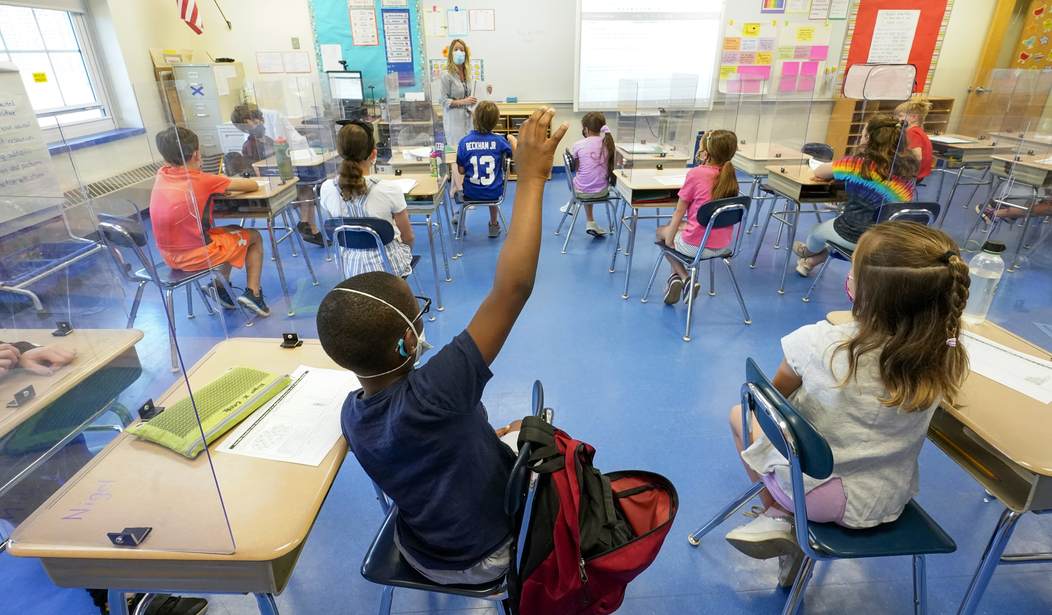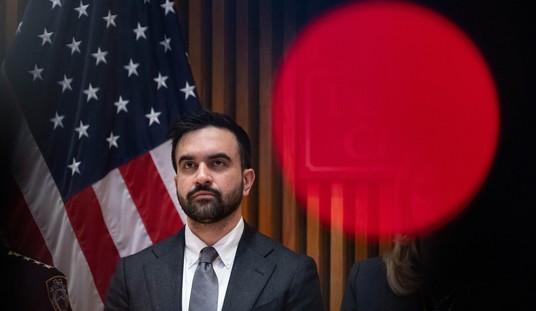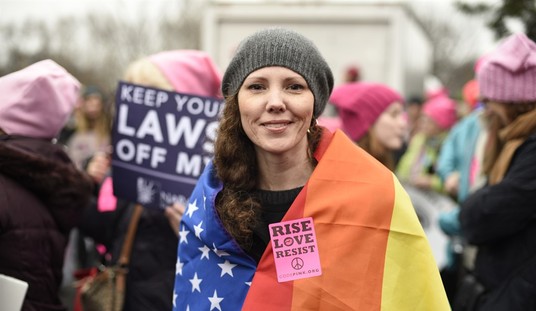At the outset of the COVID-19 pandemic in early 2020, when we didn’t have a clear picture of who was most at risk of the novel SARS-CoV-2 virus, we were told to play it safe and stay home for 15 days to “slow the spread.” Unfortunately, for tens of millions of Americans mostly residing in blue states, 15 days to slow the spread turned into months—and in many cases, years—of lockdown measures.
Take Illinois, for instance, the state where I live. For more than two months, we were ordered to stay at home by Gov. Pritzker. After Pritzker lifted his stay-at-home order, he continued to impose strict lockdown policies, including the closing of all schools for the duration of the school year, a shutdown of “non-essential” businesses, as well as wearing face masks and social distancing, even when outdoors.
Thankfully, the lockdowns have ended, and Americans have returned to a sense of normalcy. However, as more data become available documenting the costs of the unprecedented lockdowns, it is becoming clearly apparent that these extraordinarily repressive (and unconstitutional) measures are wreaking long-term consequences that call into question the wisdom of shutting down large swathes of the economy, isolating children, and upending millions of people’s lives.
According to a new report by the American Psychological Association:
The long-term stress sustained since the COVID-19 pandemic began has had a significant impact on well-being, evidenced by an increase in chronic illnesses—especially among those between the ages of 35 and 44, which increased from 48% reported in 2019 to 58% in 2023. Adults ages 35 to 44 also experienced the highest increase in mental health diagnoses—from 31% reported in 2019 to 45% in 2023—though adults ages 18 to 34 still reported the highest rate of mental illnesses at 50% in 2023.
Of course, the increases in stress and mental illnesses among American adults since the pandemic began are not exclusively due to the lockdown policies, but it would be absurd to think there is no connection.
The draconian lockdowns and business closures caused millions of Americans to lose their livelihoods and family businesses, forgo necessary medical treatments, miss family gatherings and holiday celebrations, abstain from socializing generally, become increasingly dependent on government, as well as more lonely, unhealthy, and unhappy. Moreover, as the months dragged on and the restrictions remained in place, despair and hopelessness took hold as Americans drained their retirement savings and racked up huge amounts of debt while inflation spiked and the economy stagnated.
There was a stark difference in the mental health disparities of American adults living in states that issued long-lasting stay-at-home orders. For example, a study titled “The impact of the coronavirus lockdown on mental health: evidence from the United States” found that “The mental health scores of individuals living in states with stay-at-home orders in place were 0.083 standard deviations lower than the mental health scores of individuals in states that had not issued such orders.” In other words, those living in red states, which for the most part refrained from issuing harsh lockdowns, suffered less (in terms of mental health) than those of us who were forced to live in isolation and under rigid rules that curbed our individual freedom and violated our fundamental rights.
Even worse, evidence is emerging documenting the emotional toll that lockdowns and school closures inflicted on America’s children.
A review of 36 studies in the medical journal JAMA Pediatrics found:
School closures and social lockdowns during the first COVID-19 wave were associated with adverse mental health symptoms (such as distress and anxiety) and health behaviors (such as higher screen time and lower physical activity) among children and adolescents.
Along with an uptick in depression and anxiety, children also suffered academically as a result of remote learning, and countless young Americans were unable to participate in a range of rites of passage, such as graduations, school sports, and other extracurricular activities, which has stunted their social and emotional development.
Perhaps the most frustrating aspect of all of the destruction wrought by ill-conceived lockdowns and pointless school closures is the fact that this was completely avoidable. Within a few weeks of the pandemic, medical experts were well aware that facemasks were basically useless, social distancing was an antiquated tool, lockdowns were impractical, and school closures were completely unnecessary. A simple cost-benefit analysis could have shown that the societal ills inflicted by these measures far outweighed the mitigation factors. Yet, regardless of what the science said, tyrannical governors and many in the medical establishment marched on, refusing to acknowledge that their edicts were producing more harm than good.
If there is one big lesson to be learned from some states’ despotic responses to the COVID-19 pandemic, it is simply that sometimes, as Francis Bacon once said, the remedy is worse than the disease.
Chris Talgo ([email protected]) is editorial director at The Heartland Institute.














Join the conversation as a VIP Member